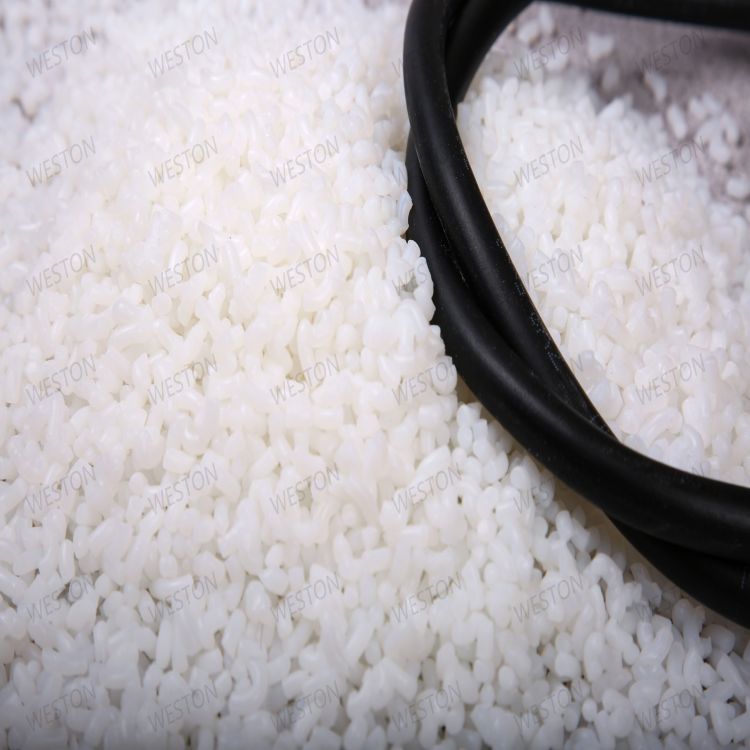-
Categories
-
Pharmaceutical Intermediates
-
Active Pharmaceutical Ingredients
-
Food Additives
- Industrial Coatings
- Agrochemicals
- Dyes and Pigments
- Surfactant
- Flavors and Fragrances
- Chemical Reagents
- Catalyst and Auxiliary
- Natural Products
- Inorganic Chemistry
-
Organic Chemistry
-
Biochemical Engineering
- Analytical Chemistry
- Cosmetic Ingredient
-
Pharmaceutical Intermediates
Promotion
ECHEMI Mall
Wholesale
Weekly Price
Exhibition
News
-
Trade Service
Recently, the team of Zhang Tao, Wang Xiaodong, Wang Aiqin and Lin Jian, academicians of the Chinese Academy of Sciences and researchers of the Catalysis and Advanced Materials Research Center of the Dalian Institute of Chemical Physics, Chinese Academy of Sciences, and Lin Sen, professor of Fuzhou University, have made new progress
in the research of single-atom catalytic conversion of propane dehydrogenation to propylene.
The team reported that a nitrogen-doped carbon supported stable Ru single-atom catalyst can achieve efficient dehydrogenation of propane to propylene under hydrogen-based conditions, which is comparableto commercial PtSn/Al2O3 catalysts
.
It was found that the nitrogen species in the inner shell and shell layer of Ru monatomic center played an important role
in the high stability and selectivity of the catalyst.
Propylene is an important organic chemical raw material, and the direct dehydrogenation of propane to propylene and hydrogen (PDH) is an atomic economic reaction process with great application prospects
.
At present, the industrial PDH process mainly uses Pt-based and Cr-based catalysts, which faces problems such as
expensive price and unfriendly environment.
Therefore, it is of great significance
to develop non-Pt and Cr-based high-efficiency PDH catalysts.
In this work, a highly efficient and stable nitrogen-doped carbon-supported Ru single-atom catalyst (Ru1/NC) was developed for the dehydrogenation of high-temperature propane to propylene reaction
.
Compared with Ru nanocatalysts, Ru1/NC has higher propane dehydrogenation activity, selectivity and stability, and its performance is comparable
to that of industrial PtSn/Al2O3catalysts.
In situ XAFS experiments showed that the coordination structure of Ru 1 N4 in Ru 1/NC did not change under the conditions of high temperature reaction atmosphere, indicating that the Ru1site of N-coordination in the inner shell layer had good stability.
On this basis, the research team found that with the increase of the nitrogen content of the shell layer, the selectivity of propylene increased
correspondingly.
DFT theoretical calculations further show that the formation energy of Ru monatoms decreases with the increase of Ru-N coordination in the inner shell, indicating that nitrogen species in the inner shell play an important role
in stabilizing the Ru1 site.
The nitrogen species in the shell layer can transfer electrons to the Ru1 center, reduce the adsorption energy of propylene, and then improve propylene selectivity
.
Therefore, the combined action of nitrogen species in the inner shell layer of Ru monatomic realizes the efficient dehydrogenation of propane to propylene
in the single-atom catalyst.
In recent years, Zhang Tao's team has been working on single-atom catalysis and low-carbon alkane conversion (Energy Environ.
Sci.
, Nat.
Commun.
, Angew.
Chem.
Int.
Ed.
)
。 This work has been done in the early stage of highly selective isolated oxygen species (J.
Catal.
, ACS Catal.
), highly reactive single-atom and metal oxide two-site strategies (J.
Am.
Chem.
Soc.
), and single-atom inner shell coordination structure modulation (Nat.
Commun.
, Nat.
Commun.
, ACS Catal.
) On the basis of the research, it is extended to the modulation effect of the single-atom central microenvironment (inner shell layer), which provides new understanding and research ideas
for the development of efficient and stable single-atom catalysts.
The research results are titled Peripheral-nitrogen effects on Ru1center for highly efficient propane dehydrogenation, published in Nature Catalysis
.
The research work has been supported
by the National Natural Science Foundation of China, the Youth Innovation Promotion Association of the Chinese Academy of Sciences, and the Dalian Outstanding Young Scientific and Technological Talents Support Program.
Based on the modulation of nitrogen species around Ru monatoms, Dalian Chemical Institute and others realized efficient propane dehydrogenation to propylene







